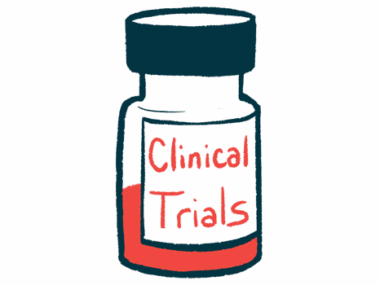Sionna raises $182M for small molecules to aid CFTR function
Their use in targeting NBD1 modulators could yield new treatments for CF
Written by |

Sionna Therapeutics has raised $182 million in financing to advance the development of small molecules designed to restore CFTR protein function by binding to a specific part of the protein called the first nucleotide-binding domain, or NBD1.
Cystic fibrosis (CF) is caused by mutations in the gene that encodes the CFTR protein, resulting in the protein being dysfunctional or absent entirely. The most common CF-causing mutation, F508del, causes the NBD1 region of the protein to become unstable, leading the protein to rapidly degrade.
By stabilizing this piece of the protein with small molecules, Sionna aims to create new treatments for people with CF caused by this widely-found mutation. About 90% of CF patients carry at least one copy of F508del. The mutation is frequently seen among patients of European descent.
“We have deep experience in CF and a sharp focus on advancing the development of novel small molecules targeting NBD1 and complementary modulators that enable the potential for full restoration of CFTR function for most people living with CF,” Mike Cloonan, Sionna’s president and CEO, said in a company press release.
The financing round was led by venture capital firm Enavate Sciences, with additional funding from other firms and from the Cystic Fibrosis Foundation.
Other treatment candidates target NBD1 to restore CFTR function
Cloonan said the new funding will take the company’s work on this through at least the next two years.
“We are encouraged by the strong interest and validation from the excellent investors in our upsized Series C financing,” Cloonan said. “This capital raise provides financial flexibility positioning us to execute our clinical development plan with funding through 2026 and multiple value-creating clinical readouts.”
Sionna’s lead oral candidate, SION-638, aims to target the NBD1 region directly. According to the company, a Phase 1 trial in healthy volunteers identified doses of the therapy that could be given safely while stabilizing CFTR as designed.
A Phase 1 trial for a second small molecule, SION-109, began dosing healthy volunteers earlier this year. SION-109 targets the spot where the NBD1 region comes in contact with another part of the CFTR protein called intracellular loop 4 (ICL4).
Sionna also has two second-generation NBD1 modulators, called SION-719 and SION-451, that are expected to advance into clinical trials this year pending results from laboratory toxicology studies.







